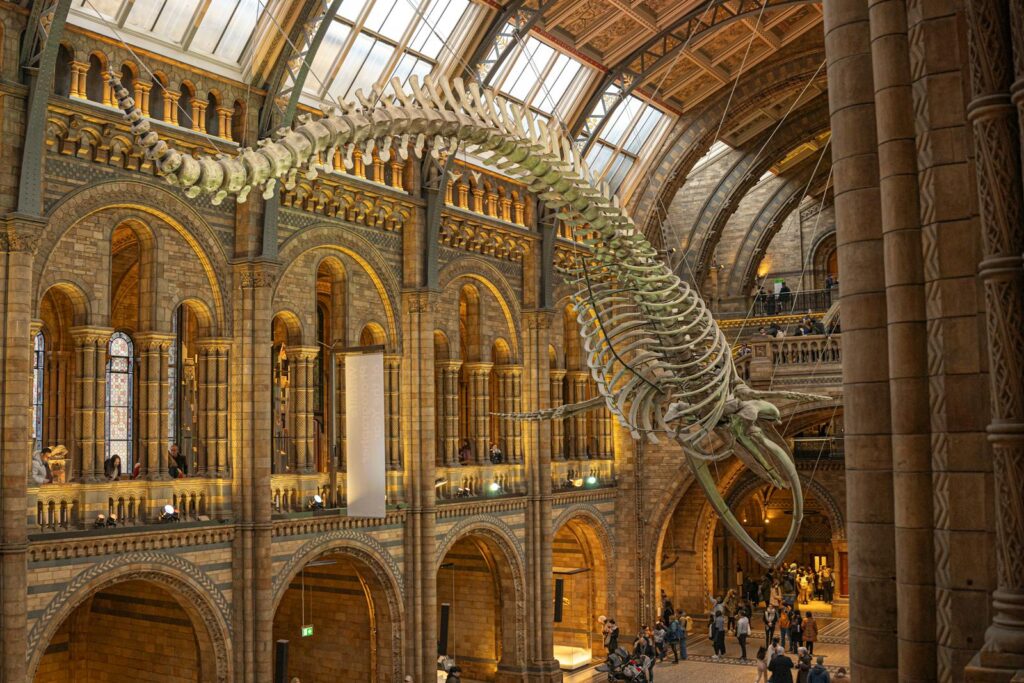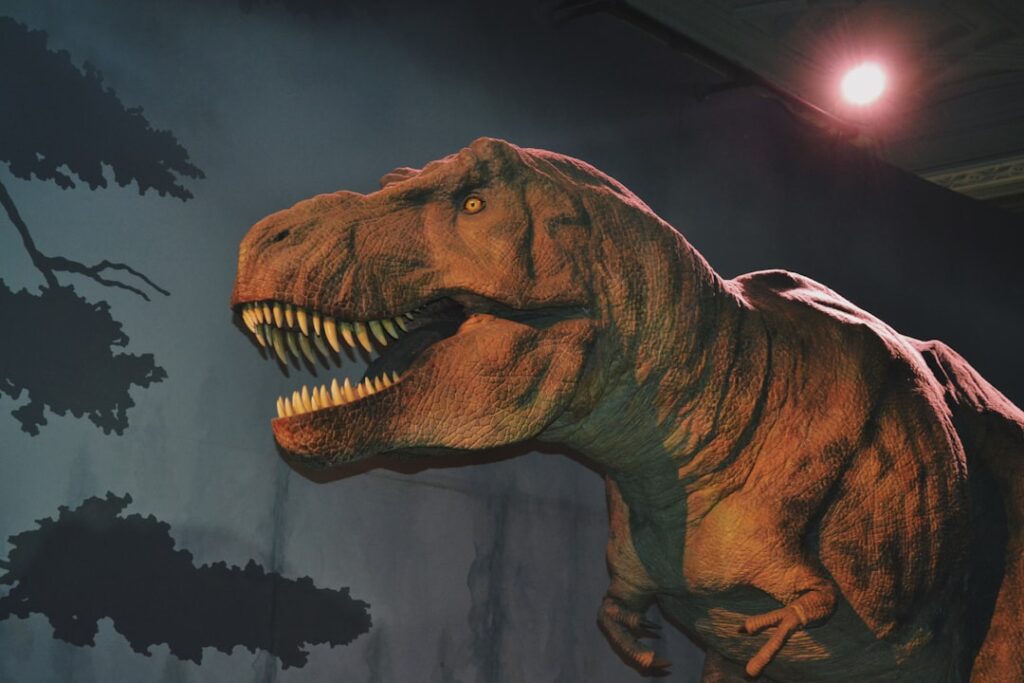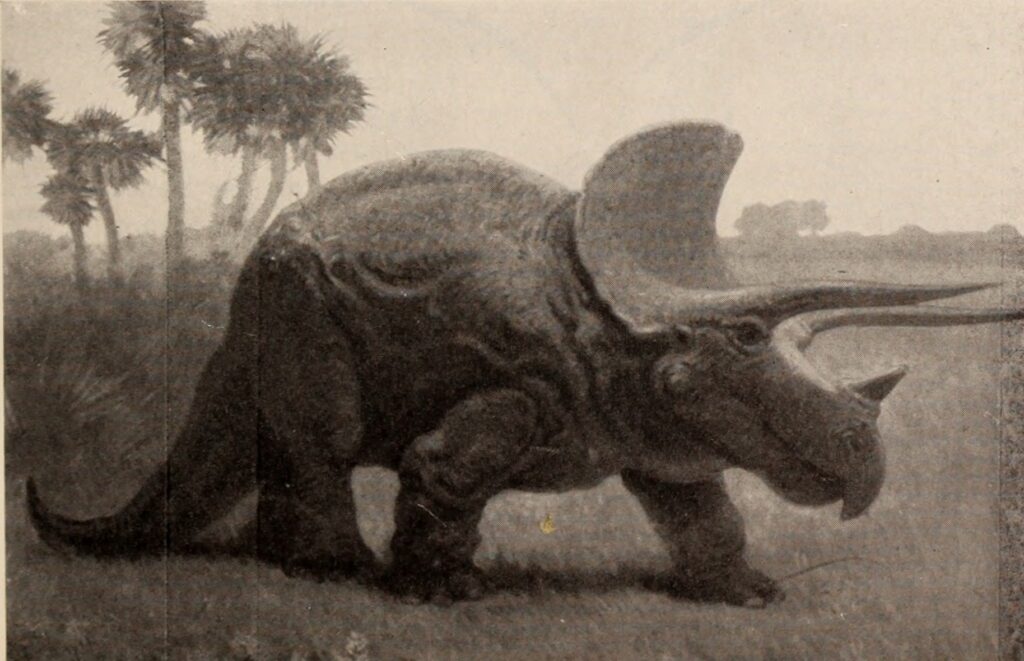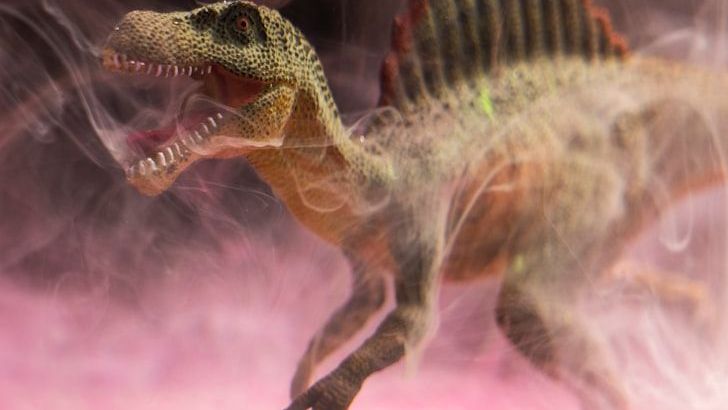In the autumn of 1858, an extraordinary discovery in a small New Jersey town forever changed our understanding of prehistoric life. The unearthing of Hadrosaurus foulkii marked a pivotal moment in paleontological history – it was the first nearly complete dinosaur skeleton ever found. More significantly, when mounted at the Philadelphia Academy of Natural Sciences in 1868, it became the world’s first dinosaur skeleton displayed in a museum.
This groundbreaking exhibition not only revolutionized how the public interacted with extinct species but also transformed scientific understanding of these ancient creatures. The story of Hadrosaurus represents the dawn of modern dinosaur paleontology and public engagement with these fascinating prehistoric animals.
The Fateful Discovery in Haddonfield
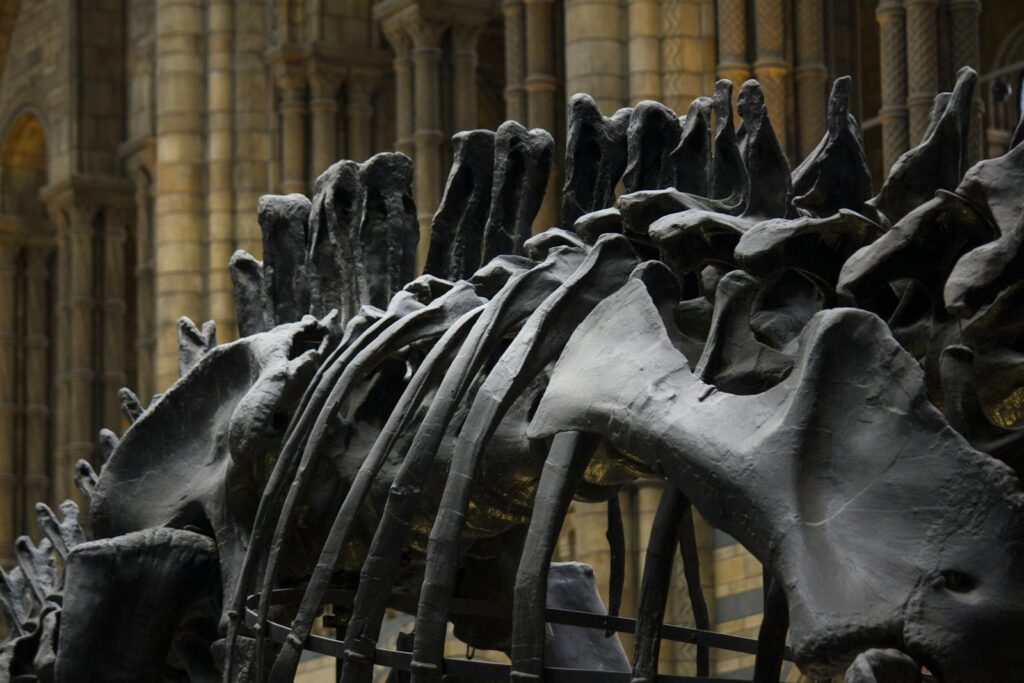
The story begins in 1858 in Haddonfield, New Jersey, when William Parker Foulke, a Philadelphia lawyer and naturalist, heard accounts of giant bones discovered by local farmers. Intrigued by these tales, Foulke organized an excavation at the marl pit where farm workers had reportedly found large bones twenty years earlier. His efforts were richly rewarded when the team uncovered numerous bones belonging to a previously unknown species of dinosaur.
The skeleton, while incomplete, included critical elements such as limb bones, vertebrae, parts of the pelvis, and fragments of the jaw. Notably absent was a complete skull, which would later present challenges for scientists attempting to understand the creature’s appearance. This discovery site has since become known as one of America’s most significant paleontological landmarks, marking the beginning of dinosaur fever in North America.
Joseph Leidy and the Scientific Description
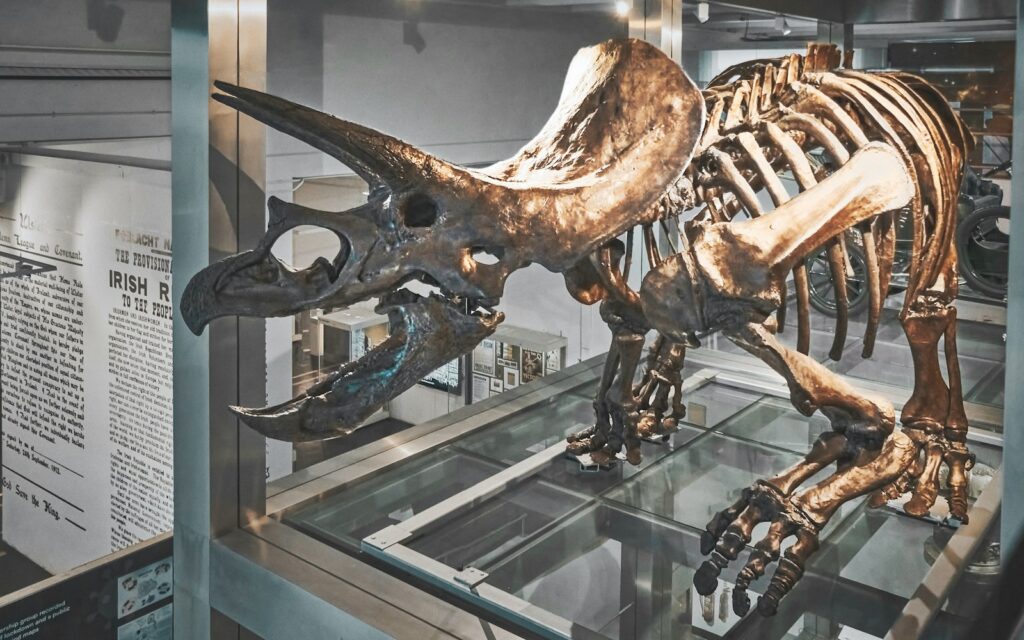
After the excavation, Foulke entrusted the bones to Dr. Joseph Leidy, a prominent anatomist and paleontologist at the Philadelphia Academy of Natural Sciences. In 1858, Leidy formally described the specimen, naming it Hadrosaurus foulkii – “Hadro” meaning “bulky” or “large” and “saurus” meaning “lizard,” with the species name honoring its discoverer. Leidy’s scientific description was revolutionary because it provided the first evidence that some dinosaurs were bipedal, overturning previous notions that all dinosaurs were quadrupedal like lizards.
Through careful anatomical analysis, Leidy determined that the creature’s front limbs were significantly shorter than its powerful hind limbs, indicating it primarily walked on two legs. This insight fundamentally changed scientific understanding of dinosaur locomotion and physiology, establishing Leidy as one of the founding fathers of American paleontology and dinosaur science.
The Revolutionary Museum Mount

The most groundbreaking aspect of Hadrosaurus came in 1868, when the Philadelphia Academy of Natural Sciences unveiled the world’s first mounted dinosaur skeleton. This historic achievement was largely the work of Benjamin Waterhouse Hawkins, an English artist and sculptor who had previously created life-sized dinosaur models for the Crystal Palace in London.
Hawkins faced significant challenges in mounting the Hadrosaurus, particularly the absence of a complete skull, which he recreated based on scholarly speculation. His innovative use of iron rods and brackets to support the massive skeleton established techniques that museums would refine for generations. The mounted Hadrosaurus stood upright in a bipedal pose – a radical departure from earlier reptilian portrayals of dinosaurs. When unveiled to the public, the display caused a sensation, drawing unprecedented crowds to the museum and fundamentally changing how people visualized extinct creatures.
Biological Insights from Hadrosaurus

Hadrosaurus foulkii provided paleontologists with crucial information about dinosaur anatomy and behavior. Standing approximately 10 feet tall and measuring about 25 feet in length, this herbivorous dinosaur belonged to what would later be classified as hadrosaurs or “duck-billed dinosaurs.” The skeleton revealed adaptations consistent with a primarily plant-eating lifestyle, including specialized teeth for grinding tough vegetation. Its powerful hind limbs and semi-aquatic adaptations suggested it likely inhabited coastal lowland environments during the Late Cretaceous period, approximately 80 million years ago.
Perhaps most importantly, the proportions of the skeleton definitively proved that some dinosaurs walked upright on their hind legs rather than dragging themselves lizard-style – a revolutionary concept that helped separate dinosaurs as a unique group distinct from other reptiles. Though incomplete, the Hadrosaurus skeleton provided enough anatomical evidence to begin reconstructing not just the animal’s appearance but aspects of its lifestyle and environment.
Public Impact and the Birth of Dinomania

The public unveiling of the mounted Hadrosaurus skeleton in 1868 triggered what many historians consider America’s first dinosaur craze. Visitors flocked to Philadelphia from across the country to witness this prehistoric giant, with newspaper accounts describing lines stretching around the block. This unprecedented public interest demonstrated the powerful hold dinosaurs could exert on the human imagination. The Hadrosaurus display transformed dinosaurs from abstract scientific concepts into tangible, awe-inspiring creatures that captured the public’s fascination.
Museum attendance records show that visitor numbers increased dramatically following the exhibition, establishing a pattern that continues to this day – dinosaur exhibits reliably drive museum attendance like few other attractions. This public enthusiasm also translated into increased funding and support for paleontological research, creating a virtuous cycle of discovery and public engagement that continues to fuel our understanding of prehistoric life.
Taxonomic History and Classification Challenges
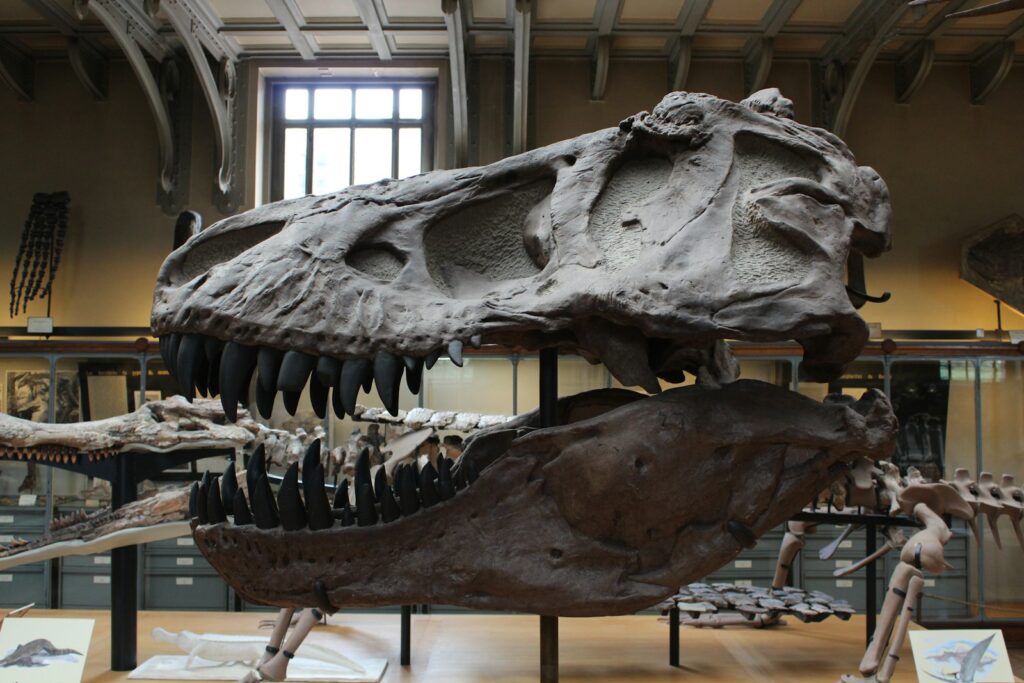
The taxonomic journey of Hadrosaurus foulkii reflects the evolving nature of paleontological classification. Initially, when Leidy described the specimen in 1858, dinosaur taxonomy was in its infancy, with relatively few specimens available for comparison. As more dinosaur species were discovered in subsequent decades, particularly other hadrosaurs, scientists repeatedly revisited the classification of Hadrosaurus.
By the early 20th century, it was recognized as belonging to the family Hadrosauridae, which eventually became known as the “duck-billed dinosaurs” due to their distinctive flat, elongated snouts. The incompleteness of the original specimen – particularly the absence of a complete skull – has created ongoing challenges for precise classification within the hadrosaur family tree. Some paleontologists have classified it as a basal hadrosaur, while others place it within more specific subfamilies.
Despite these taxonomic debates, the scientific significance of Hadrosaurus remains undiminished as the founding member of an important dinosaur group and a pioneering specimen in paleontological history.
Hadrosaurus as New Jersey’s State Dinosaur

In recognition of its historical importance, Hadrosaurus foulkii was officially designated as New Jersey’s state dinosaur in 1991, following a campaign spearheaded by elementary school students. This legislative recognition highlighted the dinosaur’s significant place in both scientific history and local heritage. The original discovery site in Haddonfield was declared a National Historic Landmark in 1994, cementing its status as one of America’s most important paleontological localities.
Today, a commemorative statue of Hadrosaurus stands in downtown Haddonfield, providing a tangible reminder of the town’s place in scientific history. Local schools incorporate the Hadrosaurus story into their curricula, teaching students about both dinosaur science and the role their community played in paleontological discovery.
Annual events and festivals celebrating “Haddy,” as the dinosaur is affectionately known locally, demonstrate how deeply this prehistoric creature has become embedded in the cultural identity of New Jersey, transforming a scientific discovery into a source of state pride.
The Original Specimen Today
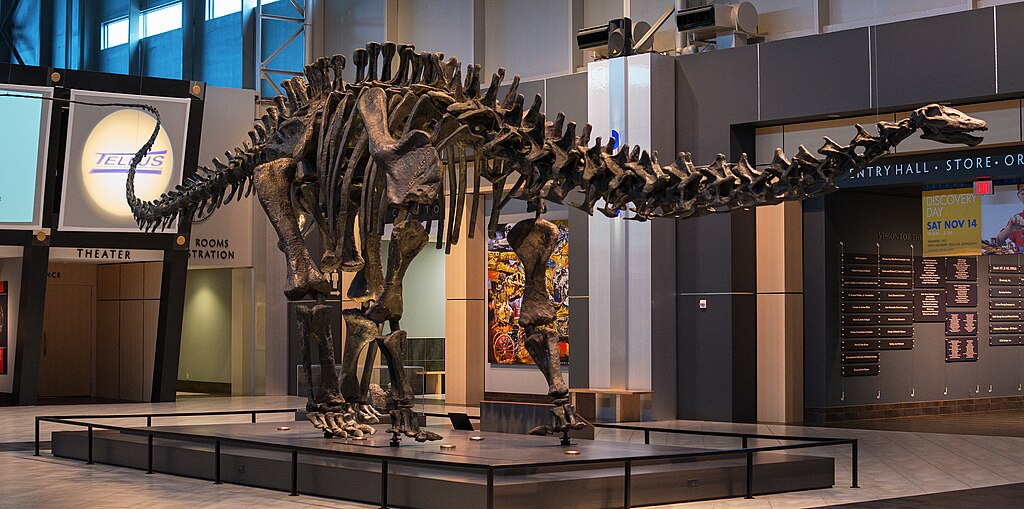
The original Hadrosaurus foulkii bones discovered by Foulke and described by Leidy remain among the most precious items in the Academy of Natural Sciences’ collection, now part of Drexel University in Philadelphia. Today, these historic fossils are carefully preserved in climate-controlled conditions, with access limited primarily to researchers due to their scientific importance and fragility.
Unlike in 1868, the actual fossils are rarely displayed publicly, with most museum exhibitions featuring casts rather than the original bones. Modern scientific techniques, including CT scanning and isotope analysis, have allowed researchers to extract new information from these historic specimens without damaging them. The Academy maintains detailed records of the specimen’s history, including Leidy’s original field notes and sketches, providing valuable insights into early paleontological practices.
While no longer mounted in its original 1868 configuration, the Hadrosaurus specimen continues to be studied by new generations of scientists, each bringing fresh perspectives and technologies to understand this landmark dinosaur.
Legacy in Museum Exhibition Practices

The 1868 Hadrosaurus mount revolutionized how museums approach prehistoric displays, establishing practices that continue to influence exhibition design. Before this groundbreaking installation, most fossil displays consisted of bones laid flat in drawers or cases, offering little sense of how the animals appeared in life. The dramatic, life-like posture of the mounted Hadrosaurus transformed expectations for natural history exhibitions, demonstrating that museums could recreate the past in three dimensions.
Hawkins’ innovative mounting techniques – using metal armatures to support the fossils while making them minimally visible – established standards for fossil preparation and display that museums worldwide would adopt and refine. The successful public response to the Hadrosaurus mount also demonstrated the educational and financial benefits of creating dramatic, scientifically informed displays.
Within decades, museums across America and Europe were competing to mount increasingly complete and dramatic dinosaur displays, establishing what would become known as the “dinosaur hall” as a quintessential feature of natural history museums around the world.
Scientific Impact on Early Dinosaur Studies

The discovery and mounting of Hadrosaurus occurred during a critical period in the development of dinosaur science, profoundly influencing early paleontological research. Prior to the Haddonfield discovery, scientific understanding of dinosaurs was based primarily on fragmentary remains and often inaccurate reconstructions, such as those displayed at Crystal Palace Park in London.
The relatively complete Hadrosaurus skeleton provided crucial anatomical evidence that helped scientists begin distinguishing dinosaurs as a unique group of animals rather than simply large reptiles. Leidy’s analysis of the Hadrosaurus remains played a significant role in establishing American paleontology as a serious scientific discipline distinct from European traditions.
The specimen’s clear evidence of bipedalism challenged existing conceptions about dinosaur locomotion and posture, setting the stage for later revolutionary work by scientists like Edward Drinker Cope and Othniel Charles Marsh during the “Bone Wars” of the late 19th century. In many ways, the scientific reception of Hadrosaurus marked the transition from speculative natural philosophy to empirically grounded paleontology in the study of prehistoric life.
Hadrosaurus in Modern Paleontological Context

Modern paleontological research has significantly expanded our understanding of Hadrosaurus and its relatives, placing this historic specimen within a much richer evolutionary context. Today, scientists recognize hadrosaurs as one of the most successful and diverse dinosaur groups of the Late Cretaceous period, with dozens of species identified across North America, Europe, and Asia.
Advanced techniques like histology (the study of bone microstructure) have provided insights into Hadrosaurus growth patterns, suggesting these animals grew rapidly to adult size. Paleoecological studies indicate that Hadrosaurus inhabited lush coastal environments alongside other dinosaurs, ancient crocodilians, and primitive mammals.
The discovery of multiple hadrosaur specimens with preserved skin impressions and, in some cases, soft tissue remains has allowed scientists to create increasingly accurate reconstructions of how Hadrosaurus might have appeared in life, complete with scale patterns and possible coloration. While newer, more complete hadrosaur specimens have provided additional anatomical details, the historical significance of Hadrosaurus as the founding member of this dinosaur family ensures its continued relevance in contemporary dinosaur science.
Technological Advances in Studying the Historic Specimen
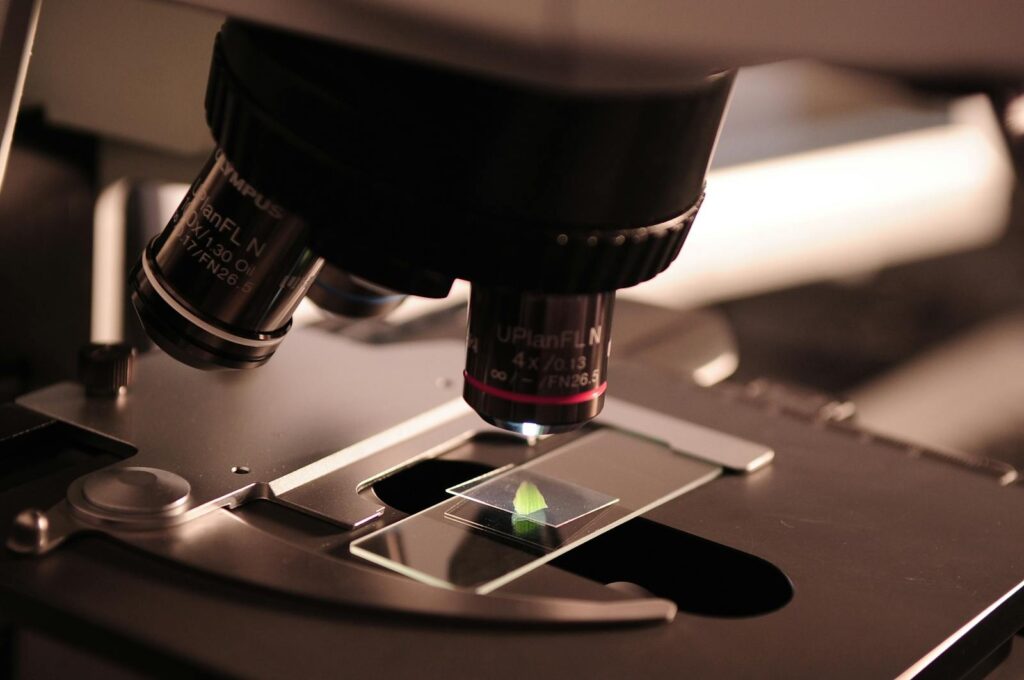
Contemporary technology has opened new avenues for studying the historic Hadrosaurus remains without risking damage to these irreplaceable fossils. Advanced imaging techniques like high-resolution CT scanning have allowed researchers to examine the internal structure of the bones, revealing details about blood vessel patterns, growth lines, and potential pathologies invisible to earlier scientists.
Digital modeling software now enables paleontologists to create virtual reconstructions of the skeleton, testing different anatomical hypotheses and postures without physically manipulating the fragile specimens. Isotope analysis of microscopic bone samples has provided insights into Hadrosaurus’ diet and environment, indicating seasonal variations in food sources and habitat use.
Comparative studies using vast digital databases of dinosaur specimens from around the world have helped clarify Hadrosaurus’ evolutionary relationships to other hadrosaurs discovered since 1858. These technological approaches represent a new chapter in the study of this historically significant specimen, demonstrating how even well-studied fossils can continue to yield new scientific insights when examined with emerging technologies and fresh perspectives.
Cultural Impact Beyond Science
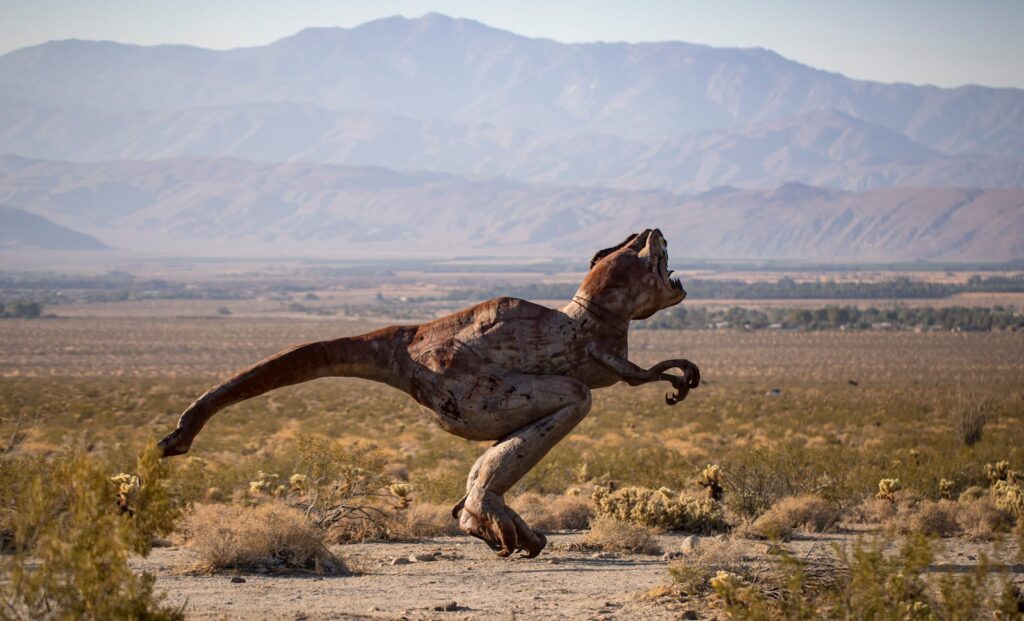
Beyond its scientific significance, Hadrosaurus has left an indelible mark on American cultural history as the dinosaur that first captured the public imagination. The spectacular Philadelphia exhibition in 1868 coincided with the post-Civil War period when American society was increasingly embracing scientific advancement and natural history.
The Hadrosaurus display influenced artistic depictions of prehistoric life in illustrations, paintings, and early children’s books about dinosaurs, establishing visual traditions that would evolve over subsequent generations. Literary references to this landmark exhibition appeared in newspapers, magazines, and even fiction of the period, reflecting how thoroughly dinosaurs had permeated popular culture.
The tremendous public response to the mounted skeleton demonstrated that scientific institutions could attract broader audiences through dramatic, educational displays – a lesson that transformed museum practices nationwide. Even today, the legacy of this first mounted dinosaur continues in popular culture, from the design of museum exhibits to dinosaur depictions in films and literature, making Hadrosaurus not just a paleontological milestone but a significant cultural touchstone that helped shape how generations of Americans have imagined prehistoric life.
Conclusion

The discovery and display of Hadrosaurus foulkii stands as one of the most significant moments in the history of paleontology and public science. From its unearthing in a New Jersey marl pit to its revolutionary museum mount that forever changed how we visualize extinct creatures, Hadrosaurus represents the beginning of our modern relationship with dinosaurs.
The scientific insights gleaned from this specimen transformed our understanding of dinosaur biology, while the public response to its exhibition demonstrated humanity’s enduring fascination with these ancient beasts. Today, nearly 165 years after its discovery, the legacy of Hadrosaurus continues – in museum practices, in scientific understanding, and in the cultural imagination. When visitors stand awestruck before dramatic dinosaur displays in museums worldwide, they are experiencing the enduring impact of that first mounted skeleton that showed the world what dinosaurs truly were.

